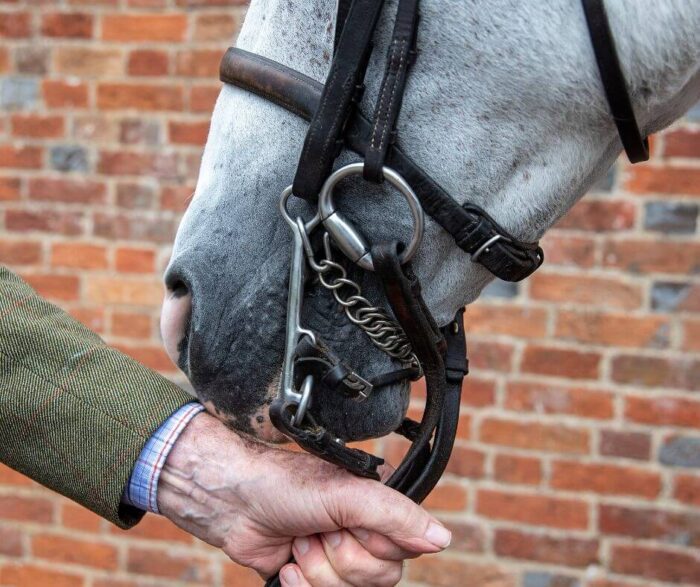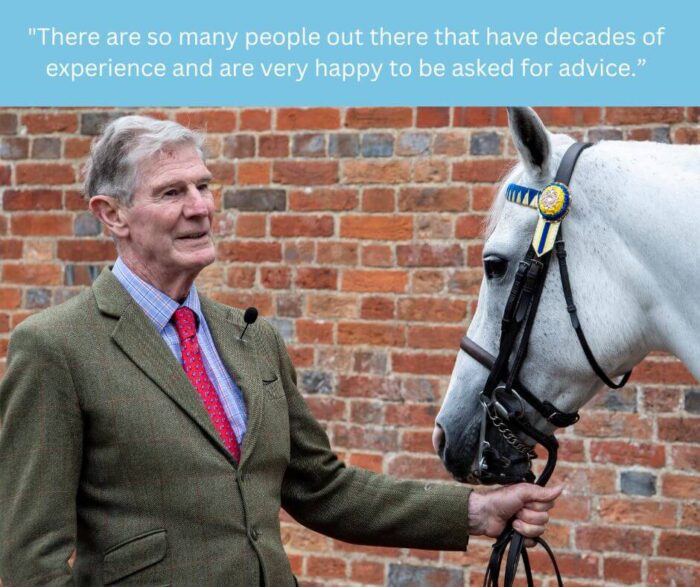Our horse insurance team here at SEIB are always keen to make sure we use best practice – not only when it comes to insurance for horses, but when we are looking after our horses too. Our horses’ welfare is crucial and we are always on the lookout to learn anything new that will help them. When we are riding we need to be certain that our horses are happy and comfortable with the bit in their mouth.
The bit is a key communication aid when riding our horses. A bit is measured from the inside of one bit ring to the other – the part that is in the horse’s mouth. The easiest way to get an accurate measurement is to lay a ruler on a hard, flat surface and place the bit on top of it and measure the distance between the rings. Bits are measured in inches with quarter of an inch increments.
We spoke to leading show producer Mr Richard Ramsay to find out more about how we can ensure our horses are happy with their bit. Richard advises: “When fitting a bit, it is important to make sure that the sides of the mouth cannot be pinched by the bit rings. The general rule is that if you are using a loose ring bit, a 5mm space is needed either side of the mouth between the end of the mouthpiece and the bit ring. Whereas if a fixed ring – such as on an eggbutt snaffle – is being used then a 2mm gap will be sufficient.

“If a horse is uncomfortable in his mouth, it can often be worth looking beyond the bit and considering the softness of the hands at the other end of the reins. If in doubt, ask an expert.” Richard is also an advocate of using bit banks – these work in a similar way to a library, where it is possible to ‘borrow’ and try several bits until you find the one that is right for your horse.
“It can be very useful to have an awareness of the conformation of a horse’s mouth when considering the bit to use, or plan to use to ensure his comfort. An equine dentist can be a mine of information as to what bit type might suit a horse – the dentist will consider the shape of the horse’s jaw, how fleshy his tongue is, how high the roof of his mouth is and how the bit is likely to sit on the bars of the mouth (the space without teeth between the horse’s incisors and his molars). A horse with a large fleshy tongue with little space between the tongue and the roof of the mouth is likely to be more comfortable with a thinner mouthpiece. However – it is important to remember that the thinner the mouthpiece, the more acute the pressure on the bars of the mouth.”

About SEIB
SEIB have been arranging insurance for horses for over 50 years. This experience allows us to tailor policies to suit your circumstances and ensure that you and your horses are covered should the worst happen.